New Concepts in Seating
Is chronic back pain caused by the manner in which we sit? For many people, this could be the case, according to a growing number of experts in the field of ergonomics. Add to this the fact that we are fast becoming an information processing society, in which increasing numbers of workers transact business while sitting for long periods of time, and we begin to see the crucial role that sitting may play. For modern researchers, many of the ideas proposed two decades ago by Danish surgeon, A.C. Mandal, M.D., regarding the spine began a major paradigm shift in the way we evaluate the seated worker. Many of these ideas have been validated in more recent studies. Simply put, Mandal believed that the century-old concept of proper sitting – upright with a hip angle of 90° – was all wrong. This type of traditional sitting, still practiced today and considered by many to be the one proper way of sitting, is now known to decrease lordosis (the natural or inward curvature) of the lumbar region of the spine, and increase kyphosis (or an outward rounding of this region of the spine). This is exactly the opposite of what we need, in terms of posturally healthy sitting – we should avoid kyphosis in the low back and maintain a moderate level of lordosis. For us, this would mean incorporating the natural curves of the spine into our seated posture, neither flattening nor exaggerating these curves.
When standing erect, the spine assumes a posture of natural lordosis, while kyphosis is difficult to avoid in traditional seated postures. Virtually all experts now consider a proper degree of lordosis in both sitting and standing postures to be critical in maintaining a healthy spine.
Some of the known negative effects of traditional, 90° sitting include:
•The erect spinal posture tends to collapse as the upper back bulges out, leading to a posture that may encompass shoulder, neck, and back muscle tension, misaligned vertebrae, and a rounding of the low back (kyphosis).
•The circulation in the lower extremities weakens, possibly leading to varicose veins, cellulite, bloated feet, fatigue, and a risk of blood clotting in the legs.
•When we sit for long periods, we also expose much of our body to the effects of static loading, which can result in fluid loss to the spinal discs, and can quickly fatigue muscles. Try sitting all day at a seminar on one of those easy to stack chairs that hotels always seem to provide at such events, and see if you don’t feel seriously fatigued by the end of the day.
•In children, due to an increase in computer use in the classroom, there is now a strong link between traditional 90° seated posture and the development of scoliosis – an abnormal curvature of the spine laterally during periods of adolescent growth. (Koskelo et al, 2001)
Mandal emphasized a way of sitting where posture approached the spine’s natural resting position. He called this balanced sitting. A hip angle of 135°, or a forward seat pan tilt of 45°-55° from the horizontal creates the optimum balanced posture for the low back, to the point that a backrest is no longer necessary. Research shows that in this half standing posture, spinal disc pressure is at its lowest.
This seemingly radical concept is not new, however. Going back to as early as 3100 BC, for example, there is evidence that forward tilt (of the seat pan) and, later, reclined forms of seating, were used by both nobility and craftsmen. The purpose appears to have been both for comfort and to enable them to get closer to their work.
Basic options to sitting in this balanced posture might include using:
•The Standard Office Chair, with a forward seat pan tilt adjustment feature.
•Kneeling Chairs, a Norwegian design from the early 1980’s, where the weight of your body is supported by knee rests. The knock on these is that many people end up with knee problems after extended use.
•Ball Chairs – these are simply a large, inflatable exercise ball, often placed on a chair base with a backrest attached.
•Sit/Stand Stools – these allow a near-standing posture, but are generally only used to provide some support to workers who must stand when performing their jobs – like cashiers, for example.
•Saddle Chairs, where you sit equestrian-style with no back support.
Of these, probably the easiest to adapt to your workplace is the standard chair with the forward seat pan tilt. Unfortunately, only a small percentage of chairs offer this adjustment, and those that do generally don’t tilt far enough to achieve the desired effect. Also, users who do try this technique generally complain that they feel like they are sliding out of their chairs.
The most promising of these options may actually be the saddle chair. Mandal noted that equestrian riders were able to maintain an ideal spinal posture, enhanced by the fact that the saddle required a wide leg stance. There are several types of saddle chairs available, among them a model designed in Finland, called the Salli. Using the Salli model as the example, these backless adjustable chairs offer the recommended forward tilt, the wide equestrian stance, and excellent mobility for the user. The saddle chair appears equally suitable for office/computer-related tasks, light assembly work, the medical field, and customer service jobs. Salli’s manufacturer warns, however, that there are some pre-conditions to its successful usage:
•The desk or work surface height usually needs to be raised to put the user into an optimal position, and to avoid introducing a new ergonomic problem into the mix.
•Tight skirts are not possible, due to the wide stance required, and loose clothing is recommended.
•A short break-in period is required, which may include some sore muscles for a few days.
•There is a psychological transition as well. The user must be willing to try the equestrian posture. The manufacturer states that most users are fully adapted to the Salli within two weeks.
The benefits to this type of chair may include:
•Apparent ease at maintaining the hollow of the low back in a balanced posture (lumbar lordosis).
•Improved circulation to the lower extremities, resulting in, among other things, less fatigue.
•As the upper body stays more relaxed, muscle tension is minimized.
•Excellent mobility – it is easy to move around on the chair, reach for items, and getting on and off the chair is effortless.
•Fairly adaptable for standing-height work as well.
If you stick with your traditional office chair and it does not allow for a forward-tilted posture, there are still some simple things you can do to improve your position:
•At the very least, make sure the chair fits you properly.
•Sit down twice – that is, sit in the chair, then raising yourself slightly, sit down snugly against the back of the chair, to assure that you are seated optimally for this type of chair.
•Adjust the lumbar support on the backrest so that it fits your back.
•Since the forward seat pan tilt may not be an option, you can try using a wedge cushion to achieve a similar, though lesser, forward tilt.
•Move – get up out of your chair and move around as often as you can to help counteract the effects of static loading, and get your blood pumping, sending oxygen-rich blood cells to starved muscle tissue and nerve endings.
Only time – and future research – will tell if some of these new concepts in seating hold true. But finding a posturally healthy, balanced way of sitting seems to make a lot of sense. The ancient Egyptians learned this, but apparently history forgot. For the sake of our backs, let’s hope that we don’t.
References
•Mandal, A.C. “The Seated Man”, (homo sedens). Dafnia Publications, Klampenborg, Denmark . 1985.
•Pynt, J., et al. “Milestones in the Evolution of lumbar Spinal Postural Health in Seating”, Spine, Volume 27, Number 19 (2002):2180-2189.
•Vollowitz, E. “Furniture prescription for the conservative management of low-back pain”, Topics in Acute Care and Trauma Rehabilitation 1988:2(4):18-37
•Peters, H. “Report by the German TUV”, 2002.
•Saukonpaa, H. “Extracts from the thesis of physiotherapist, Helena Saukonpaa”, 1994.
•Koskelo, R., et al. “University of Kuopio study for high school students”, 2001.
Web resources for information on some of the products mentioned above:
•Office chairs:
Jeff Tiedeman, an Ergonomics Consultant with State Fund, is a Certified Safety Professional (CSP), a Board-Certified Industrial Ergonomist (CIE) and is certified as an Associate in Risk Management (ARM). He has done extensive research on specialized topics related to ergonomics, including illumination in the workplace, and has written articles and taught classes on these subjects.
Information or recommendations contained in this article were obtained from sources believed to be reliable at the date of publication. This information is only advisory and does not presume to be exhaustive or inclusive of all workplace hazards or situations.
See: http://www.statefundca.com/safety/SeatingConcepts.asp
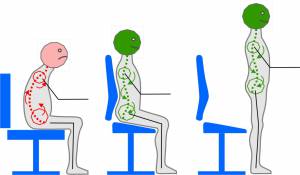














 /a>
/a>
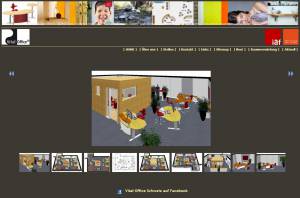 /a>
/a>
 /a>
/a>
 /a>
/a>
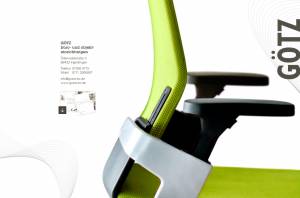 /a>
/a>
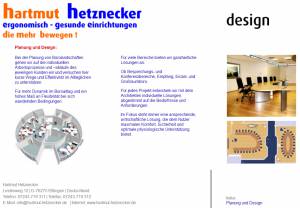 /a>
/a>
 /a>
/a>
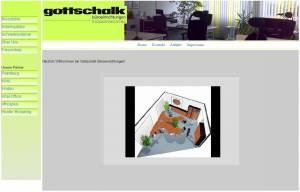 /a>
/a>
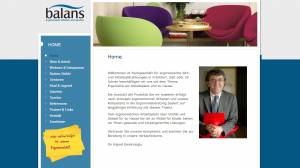 /a>
/a>
 /a>
/a>
 /a>
/a>
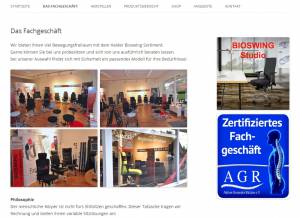 /a>
/a>
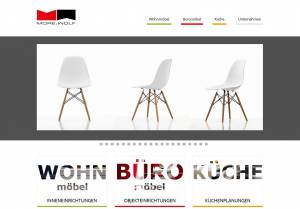 /a>
/a>
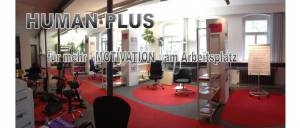 /a>
/a>
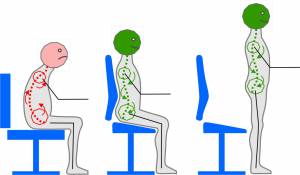 /a>
/a>
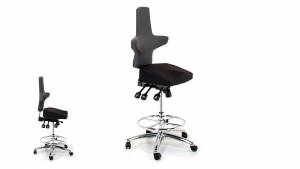 /a>
/a>
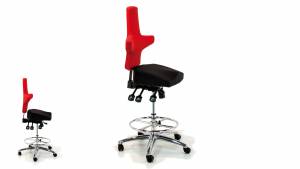 /a>
/a>
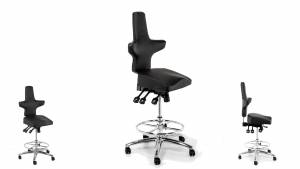 /a>
/a>
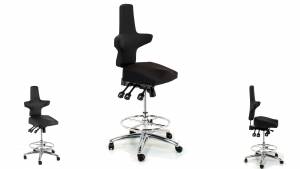 /a>
/a>
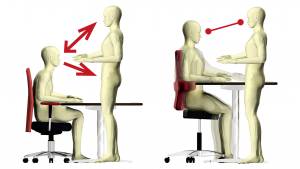 /a>
/a>
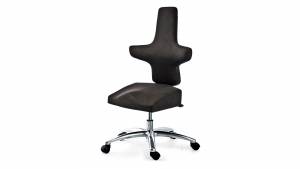 /a>
/a>
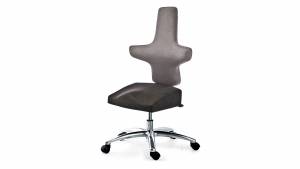 /a>
/a>
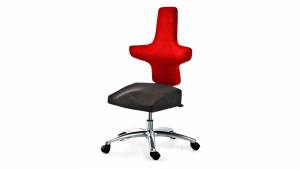 /a>
/a>
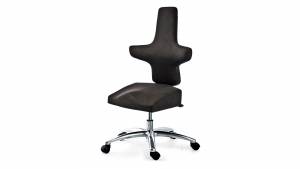 /a>
/a>






